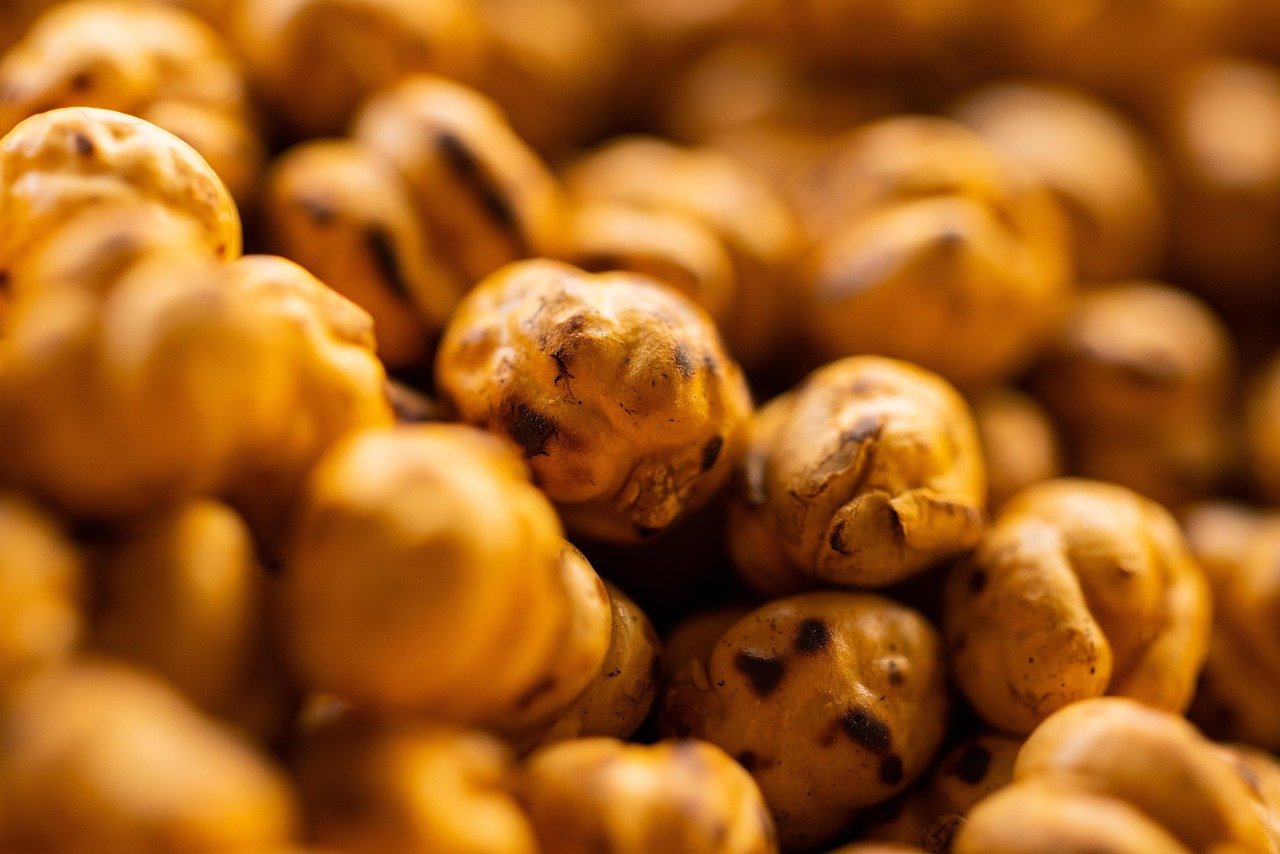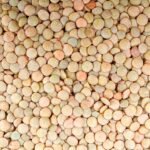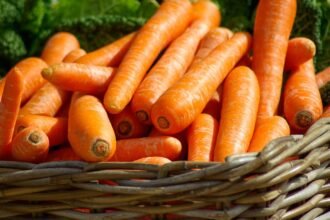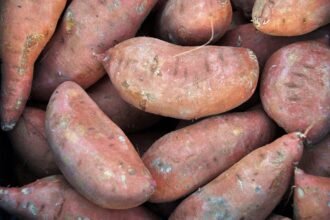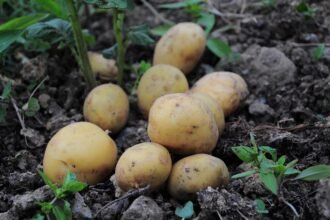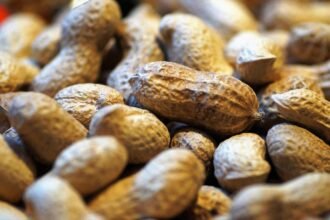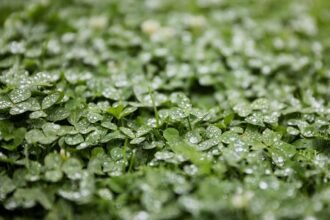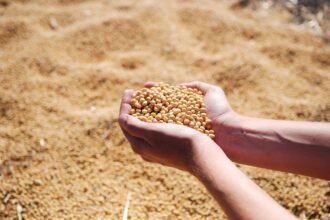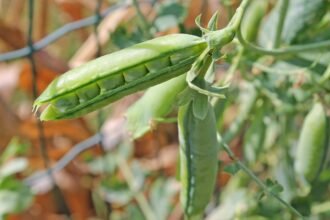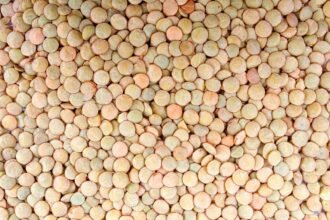Chickpeas (Cicer arietinum) are one of the oldest cultivated crops, providing an excellent source of protein and fiber. Grown primarily in arid and semi-arid regions, chickpeas are highly valued for their nutritional content, both for human consumption and livestock feed. Additionally, chickpeas contribute to soil health through nitrogen fixation, making them an essential part of crop rotation systems. To achieve high yields and maintain high-quality chickpeas, proper management is crucial. This comprehensive guide covers the essential aspects of chickpea cultivation, from soil preparation to post-harvest management.
1. Soil Preparation and Fertility Management
Chickpeas thrive in fertile, well-drained soils. Proper soil preparation ensures good seed germination and healthy plant growth.
Key Steps:
- Soil Testing: Before planting, conduct a soil test to evaluate nutrient levels and pH. Chickpeas prefer slightly acidic to neutral soil, with a pH range between 6.0 and 7.5.
- Tillage: Chickpeas do not require deep tillage. A tillage depth of 10 to 15 cm (6 to 8 inches) is sufficient to create a loose, fine seedbed, ensuring good seed-to-soil contact.
- Fertilization: Chickpeas are nitrogen-fixing plants, meaning they can obtain nitrogen from the air. However, they need phosphorus (P) and potassium (K) for proper root development and pod formation. Apply phosphorus at planting and potassium during flowering and pod development. Avoid excessive nitrogen application, as it can hinder nitrogen fixation and reduce pod production.
- Organic Matter: Incorporating compost or well-rotted manure helps improve soil structure, moisture retention, and nutrient availability.
2. Selecting the Right Chickpea Variety
The choice of chickpea variety depends on your region’s climate, soil conditions, and the intended use of the crop.
Chickpea Varieties:
- Desi Chickpeas: Smaller and darker seeds, commonly used in Asia, Africa, and the Middle East for cooking and flour production.
- Kabuli Chickpeas: Larger, lighter-colored seeds grown mainly in Mediterranean climates, used for human consumption, especially in canned products.
- Drought-Resistant Varieties: Some varieties are bred for drought resistance, making them ideal for dryland farming or regions with limited rainfall.
Choose varieties that are disease-resistant and suited to your local growing conditions.
3. Planting and Sowing Techniques
Proper planting ensures uniform growth, good root establishment, and high yields.
Key Steps:
- Planting Time: Chickpeas are a cool-season crop and should be planted in early spring, after the last frost, when soil temperatures reach 12–20°C (54–68°F).
- Sowing Depth: Plant chickpea seeds at a depth of 3–5 cm (1.2–2 inches). Shallow planting can expose seeds to drying, while deep planting can delay germination.
- Row Spacing: Recommended row spacing for chickpeas is 30–45 cm (12–18 inches). Wider row spacing allows for better air circulation and reduces the risk of disease.
- Seed Rate: The seed rate typically ranges from 50–80 kg per hectare, depending on the variety and desired plant density. Proper spacing ensures that each plant has sufficient access to light and nutrients.
4. Water Management
Chickpeas are drought-tolerant, but adequate moisture during critical growth stages is essential for optimal yield.
Key Steps:
- Water Requirements: While chickpeas are drought-tolerant, they require moisture during germination, flowering, and pod formation. Consistent moisture during these stages helps improve seed formation and overall yield.
- Rain-fed vs. Irrigated Systems: Chickpeas are primarily grown under rain-fed conditions in regions with moderate rainfall. However, in dry areas, supplemental irrigation may be needed, especially during flowering and pod formation.
- Irrigation Techniques: Use drip or sprinkler systems to provide water efficiently. Ensure the soil is moist but avoid over-watering, as chickpeas prefer well-drained soils.
5. Nutrient Management
Chickpeas are low-input crops, but proper nutrient management is still necessary to maximize growth and yield.
Key Steps:
- Nitrogen Fixation: Chickpeas are legumes and can fix nitrogen from the air with the help of rhizobial bacteria. Ensure the soil contains sufficient levels of these bacteria to facilitate nitrogen fixation.
- Phosphorus and Potassium: Apply phosphorus at planting to promote root development and potassium during flowering and pod formation to support healthy plant growth and yield.
- Micronutrients: Ensure adequate levels of micronutrients like zinc, boron, and molybdenum, which are critical for chickpea growth and pod filling.
6. Weed Control
Weeds compete with chickpeas for light, nutrients, and water, and can significantly reduce yield if not properly controlled.
Key Steps:
- Pre-emergence Herbicides: Apply pre-emergence herbicides to control weeds before they sprout. This helps reduce weed competition early in the growing season.
- Post-emergence Herbicides: After chickpeas have emerged, use post-emergence herbicides to manage weeds while protecting the crop.
- Manual Weeding: In smaller operations, manual weeding may be necessary, especially during the early growth stages.
- Crop Rotation: Rotate chickpeas with other crops like cereals or vegetables to reduce weed pressure and break the weed lifecycle.
7. Pest and Disease Management
Chickpeas are susceptible to various pests and diseases that can damage the crop and reduce yield.
Common Pests:
- Aphids: Aphids transmit viruses like chickpea chlorosis virus (CCV) and weaken plants. Use insecticides or natural predators like ladybugs to control aphid populations.
- Pod Borer: Pod borers feed on developing seeds, leading to yield loss. Use insecticides or biological controls like parasitic wasps.
- Cutworms: Cutworms attack seedlings at the soil level. Protect seedlings with insecticides or by using physical barriers like collars.
Common Diseases:
- Ascochyta Blight: A fungal disease that affects leaves, stems, and pods, reducing yield. Use resistant varieties and fungicides for control.
- Fusarium Wilt: A fungal disease that affects roots, causing yellowing and wilting. Use resistant varieties and practice crop rotation.
- Root Rot: Caused by fungi like Rhizoctonia and Fusarium, root rot can weaken plants. Proper drainage and avoiding over-watering can help prevent root rot.
- Integrated Pest Management (IPM): Implement IPM strategies by using biological control, resistant varieties, crop rotation, and minimal pesticide use to reduce environmental impact.
8. Harvesting and Post-Harvest Handling
Harvesting chickpeas at the right time is essential for maintaining seed quality and preventing losses.
Key Steps:
- Harvest Timing: Chickpeas should be harvested when the pods are dry, and the seeds are mature. Typically, this occurs 100–120 days after planting, depending on the variety.
- Mechanical Harvesting: Use combine harvesters for large-scale operations. These machines can efficiently cut, thresh, and clean chickpeas, reducing labor costs and minimizing grain damage.
- Manual Harvesting: In smaller operations, chickpeas can be harvested manually. Cut the plants and allow them to dry in the field before threshing.
- Drying: After harvesting, dry chickpeas to reduce moisture content to 12–14%. This helps prevent mold and fungal growth during storage.
- Storage: Store chickpeas in a cool, dry, and well-ventilated area. Use airtight containers or silos to protect the seeds from pests and moisture.
9. Sustainable Chickpea Farming Practices
Chickpeas are an environmentally friendly crop due to their nitrogen-fixing ability, making them an essential part of sustainable farming systems.
Sustainable Practices:
- Crop Rotation: Rotate chickpeas with other crops like cereals or legumes to improve soil health and reduce pest pressure.
- Conservation Tillage: Minimize tillage to reduce soil erosion, improve soil structure, and conserve moisture.
- Water Management: Use efficient irrigation techniques and practice rainwater harvesting to minimize water usage and improve sustainability.
Conclusion
Chickpea cultivation requires careful attention to soil management, irrigation, nutrients, and pest control to ensure healthy growth and high yields. By following best practices for planting, pest and disease management, and harvesting, farmers can achieve productive, high-quality crops year after year. Whether you are growing chickpeas for food, feed, or commercial purposes, understanding the key technical aspects of chickpea farming will help you succeed.

